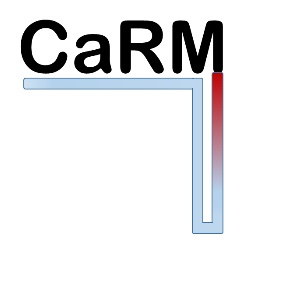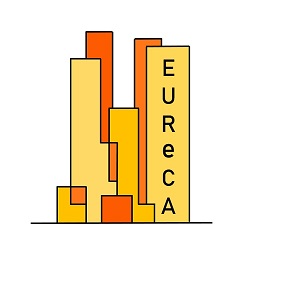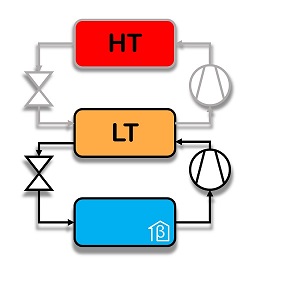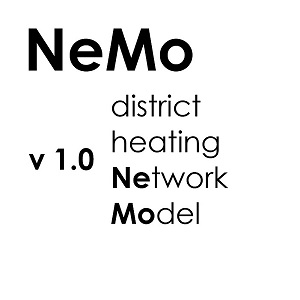CaRM
CaRM simulates the thermal behaviour of borehole heat exchangers, as single and double U-tube, coaxial pipes, helical pipe and also the energy foundation piles. The model relies on the electrical analogy to solve the transient heat conduction in the ground. CaRM models the heat transfer along both radial and axial directions, and considers the effect of convective and short-long-wave radiant heat exchange weather at the ground surface. The latter aspect is crucial for simulating shallow borehole heat exchangers. Moreover, CaRM is able to model the thermal capacitance of both grouting material and heat-carrier fluid. This is a key factor when the short term thermal behaviour is investigated, e.g. for control purposes.
CaRM can be seen as a simple alternative to finite element models. Its main advantage is the fast computation of the ground temperature in time and space, which is of great importance for Ground Source Heat Pumps simulations.
EUReCA
Cities all over the world are broadening fast, and technical research must focus on enhancing urban areas’ sustainability and human comfort. The Energy Urban Resistance Capacitance Approach, or EUReCA, is a python-based and open-source platform, aiming at the efficient energy modeling of the urban building stock. The software exploits JSON-encoded datasets to build up dynamic buildings’ energy models. Differently from other similar tools, the lumped-parameter network technique employed within EUReCA allows the fast and efficient simulation of large districts and urban areas.
The software can be downloaded freely from the GitHub repository.
HT-LT Heat Pump Model
TRNSYS Software is a flexible tool for dynamic simulation of plants, interconnecting the different components of the system represented as black boxes and called “Types”. This novel “HT-LT” TRNSYS Type can simulate a reversible water-to-water or air-to-water heat pump. The Type is based on the polynomials of the compressors and contains an internal link to REFPROP to easily evaluate the thermodynamic properties of refrigerant fluids. The “HT-LT” Heat Pump Model can simulate the operation of cascade or single-stage heat pumps for the provision of high or low-temperature heat employing several refrigerants. In its air-to-water layout, the penalization in the performance of the heat pump due to defrosting cycles can also be simulated.
LINKNeMo
NeMo is a model for the simulation of the steady-state hydraulic and dynamic thermal behaviour of district heating and cooling networks. The graphical user interface (GUI) allows the users to decide, among other parameters, how to discretize the network in time and space. NeMo solves the thermal transient by a first-order finite difference scheme using an implicit method, thus avoiding convergence problems. Moreover, NeMo proved to be fast and reliable under a broad range of conditions: with up to hundreds of nodes and branches, with more than one supplier, with both tree-shaped and looped networks and with low flow velocities.
LINK

